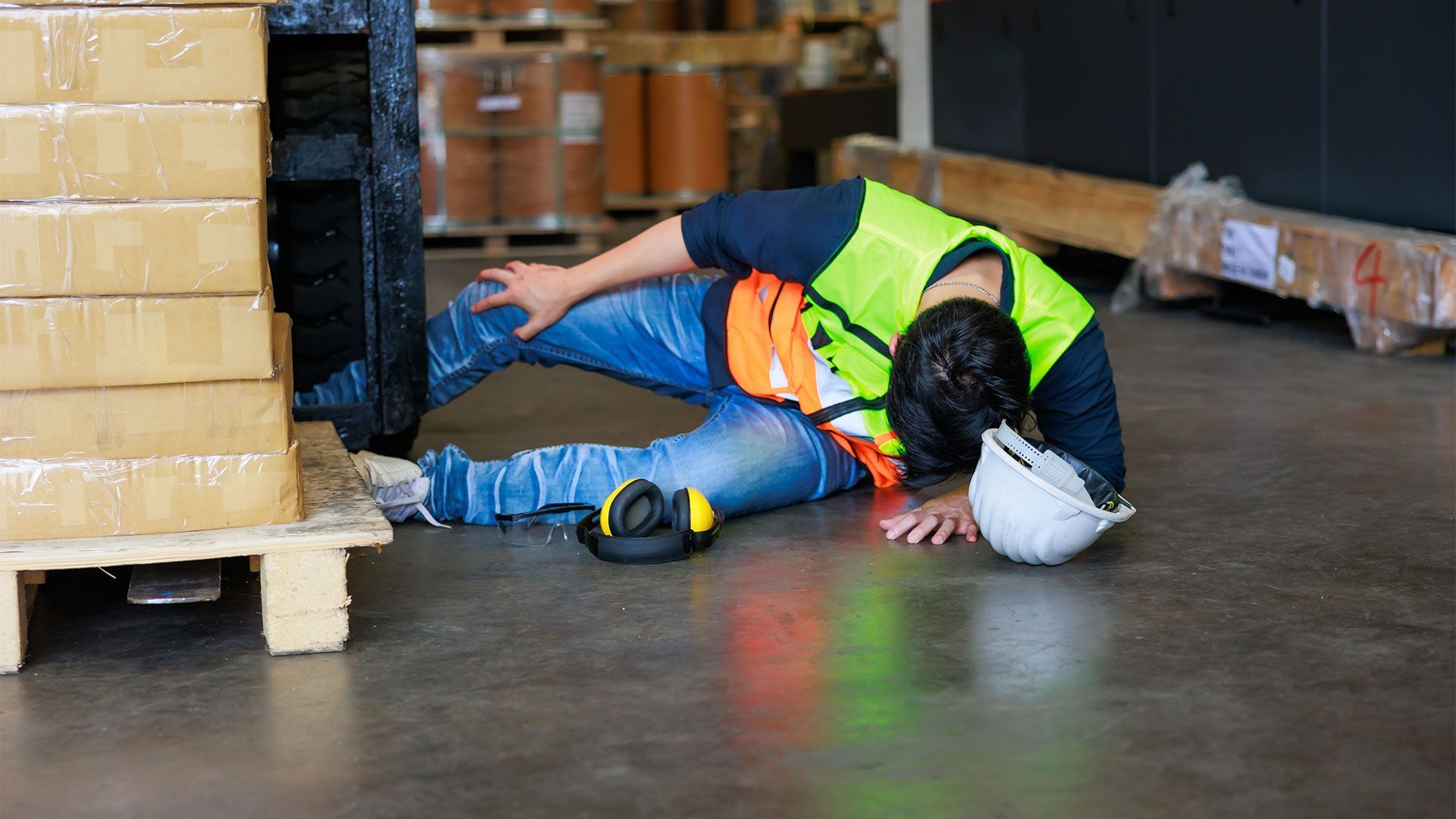We represent fall injuries in El Dorado, AR and Texarkana, TX, serving the greater Texas and Arkansas areas
Fall injuries should always be avoidable with the right signage or safety standards in place. If you were injured on someone’s property due to safety negligence, you could be owed restitution. Speak with a personal injury attorney at The Law Offices of Flint, Crawford & Cogburn in El Dorado, AR and Texarkana, TX. Our primary focus is on getting you the care and compensation you deserve so that you can fully recover without the financial burden.
Reach out now to us after slip-and-fall, stairwell or dog bite injuries.
The voice of the injured
A homeowner or business owner has a responsibility to make sure their property is safe for guests. Unfortunately, insurance companies are quick to settle premises liability cases in favor of the property owner. Make sure you get what you’re owned with help from The Law Offices of Flint, Crawford & Cogburn. We can represent…
Connect with our local lawyers today to figure out your next steps.
Slip-and-fall injuries
Trip-and-fall injuries
Animal attacks or dog bites
Falling object injuries
Stairwell injuries



